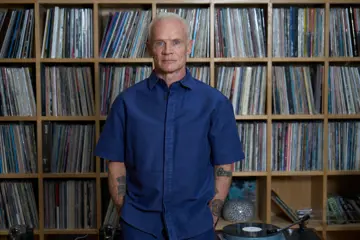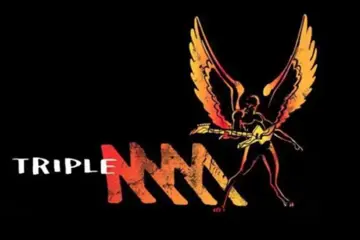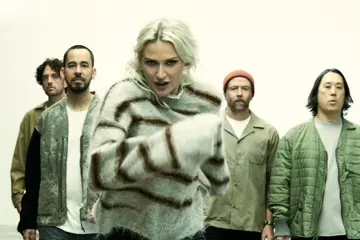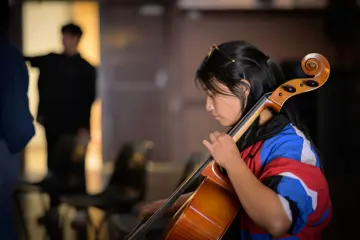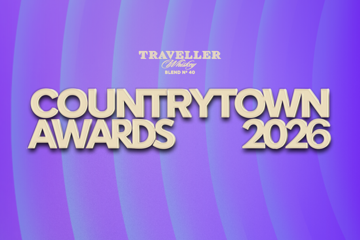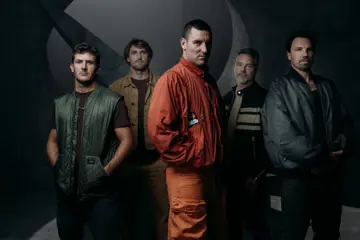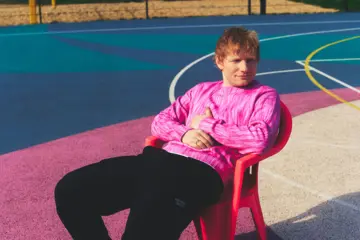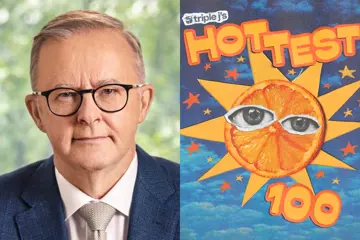Some genres of music are eternal, and others are destined for irrelevance. From classical to romanticism, rock & roll to grunge and R&B to hip hop, musicians are constantly finding new avenues to explore their sound and push the boundaries of music tastes whilst staying true to what made them great in the first place. The abundance of home computers led to an influx of new genres in the early to late 2000s that seemed to fade away as quickly as they rose to relevance. Chillwave, Vaporwave, and Future funk were all in the vernacular of cutting-edge music aficionados but are now barely mentioned these days and are unlikely to experience a revival in the near future. Similar to Glam rock, Nu metal and Britpop, there are some fads that didn’t stand the test of time. So what qualities of the 90s alternative/shoegaze music scene have caused its modern revival?
It’s important to remember where this sound originated. Shoegaze progenitors Slowdive quickly rose to relevance in the early 90s, albeit to mixed reception. In stark contrast to the loud and proud rock & roll frontmen of the 80s, the band's introspective delivery was ridiculed. In fact, the very origin of the word Shoegaze is the source of derision, where critics dismissed the band’s smug exterior by just “staring at their shoes” throughout their entire performance. The criticism was so bad they were vehemently hated by their contemporaries. However, it can’t be denied that the band embodied the true essence of alternative music and provided an outlet for disaffected youths to express themselves without diving into a mosh pit or enduring a 5-minute finger-tapping guitar solo.
Fast forward to now, and their legacy can still be felt as alt-rock & shoegaze are now more popular than ever. Cultural norms have now dictated that men dressing in lipstick (akin to Robert Smith) are accepted and celebrated even more. Mental health issues are spoken about more widely; thereby, introspective lyrics can now provide an outlet for young people to navigate the emotions they haven’t come to terms with. Nowadays, it is popular to consider yourself a part of the ”alternative”. The mass commercialisation of alternative music has cemented its normality in our culture. From the classic Unknown Pleasures T-shirt inevitably worn by someone at every university house party to the rise in popularity of vinyl record collecting (even though only half the people who bought records own a record player), it has never been more mainstream to be alternative.
This is all driven by a capitalistic profit-driven model of guaranteed sales. It’s far easier for a record company to sign an artist making the “it” sound at the moment as opposed to taking a risk on someone pushing boundaries (label executives have families to feed too, you know). This lack of incentive to promote original ideas combined with the allure of a“guaranteed profit” only reinforces the adage “if it ain’t broke, don’t fix it.” This can also be seen in broader society, as the top 10 highest-grossing movies of 2022 were all sequels and reboots. Nostalgia bait is alive and well in today's culture, and business is booming.
Don't miss a beat with our FREE daily newsletter
This cynical outlook on the state of modern music doesn’t quite describe the whole picture, however. The political landscape has been evolving just as fast as our music tastes since the 2000s, leading to a whole new market of music consumers. Unstable global financial systems, impending climate catastrophes and uncertain futures have created a booming economy for apathy. Lyrics about searching for identity, longing for answers and social alienation are hallmarks of the 90s alt & shoegaze scene from Radiohead to The Smashing Pumpkins. This core message is what makes them so appealing to this day. So where does this leave the state of alt/shoegaze in modern society? The fact that industry giants such as The Cure, Slowdive & My Bloody Valentine are all touring or promising new music (you’ve kept us waiting long enough Kevin) has certainly helped to keep the scene alive. And now the mantle is being passed on to a new generation of artists taking the sound of alt-rock even further with modern technology and fresh ideas. Flyying Colours, Life on Venus, DIIV and Nothing are all examples of modern bands delivering their core message to a new generation of listeners who did not grow up on the music of their predecessors and thus ensuring it's continuing relevance


